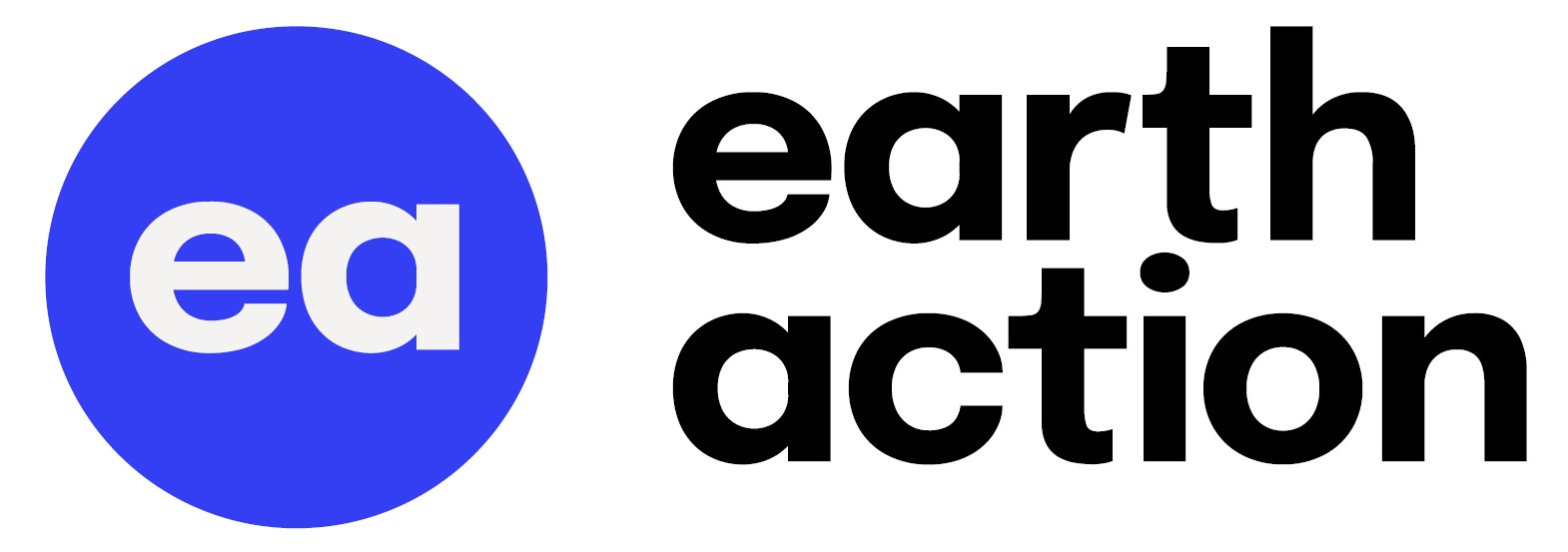
News, stories and insights
30th of October 2025
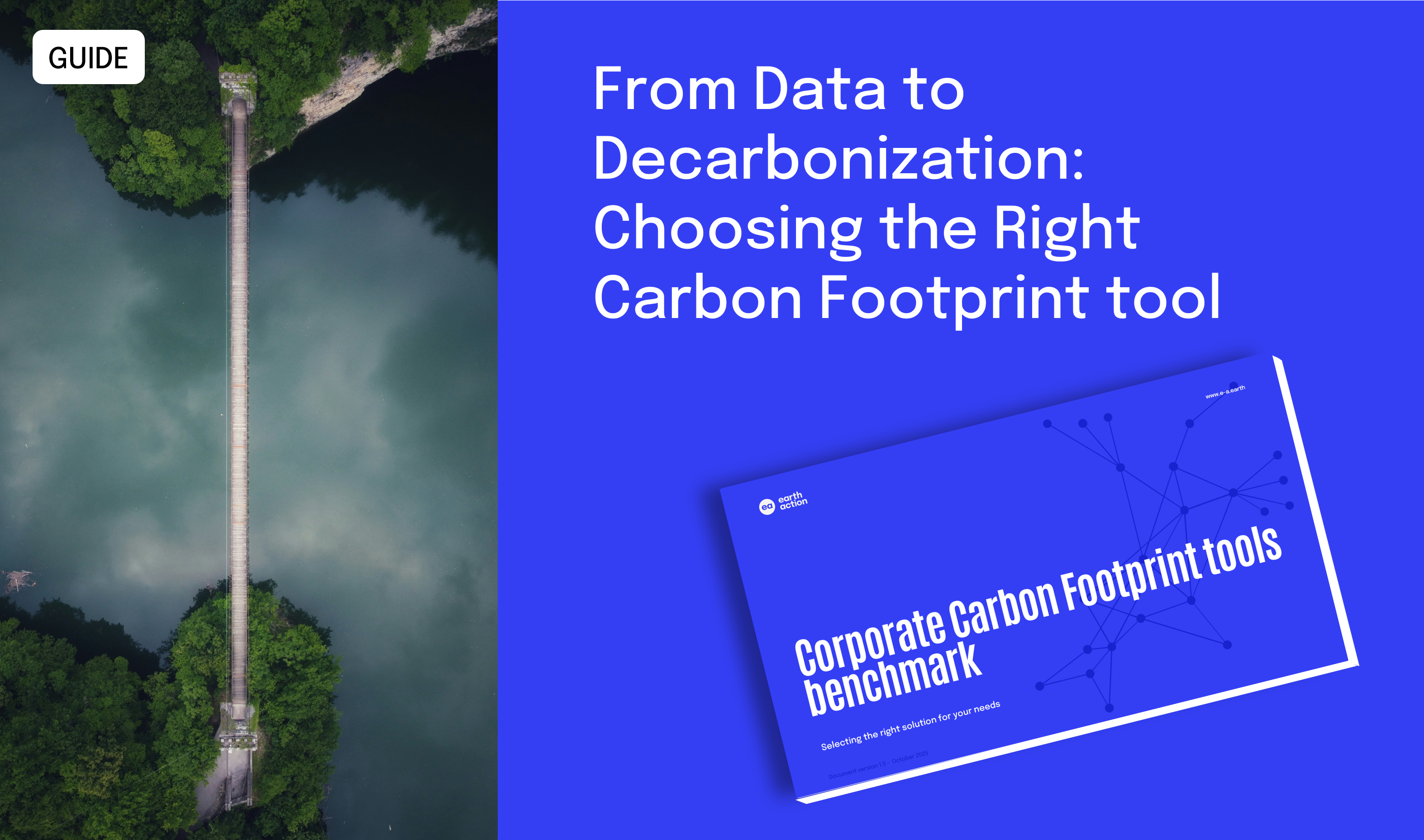
From Data to Decarbonization: Choosing the Right Carbon Footprint Tool
With regulations tightening and expectations rising, carbon footprint tools are becoming essential for organizations seeking to measure, manage, and reduce their emissions. But with so many platforms on the market, selecting the right one can be challenging.
This guide by Earth Action offers a clear, practitioner-focused approach to tool selection. Based on our independent evaluations and hands-on consulting experience, it helps organizations identify solutions that align with their goals—whether that’s CSRD compliance, supplier engagement, or product-level footprinting.
Packed with strategic insights, evaluation criteria, and tool comparisons, this guide is designed to turn complexity into clarity—and help you move from measurement to meaningful action.
. . .
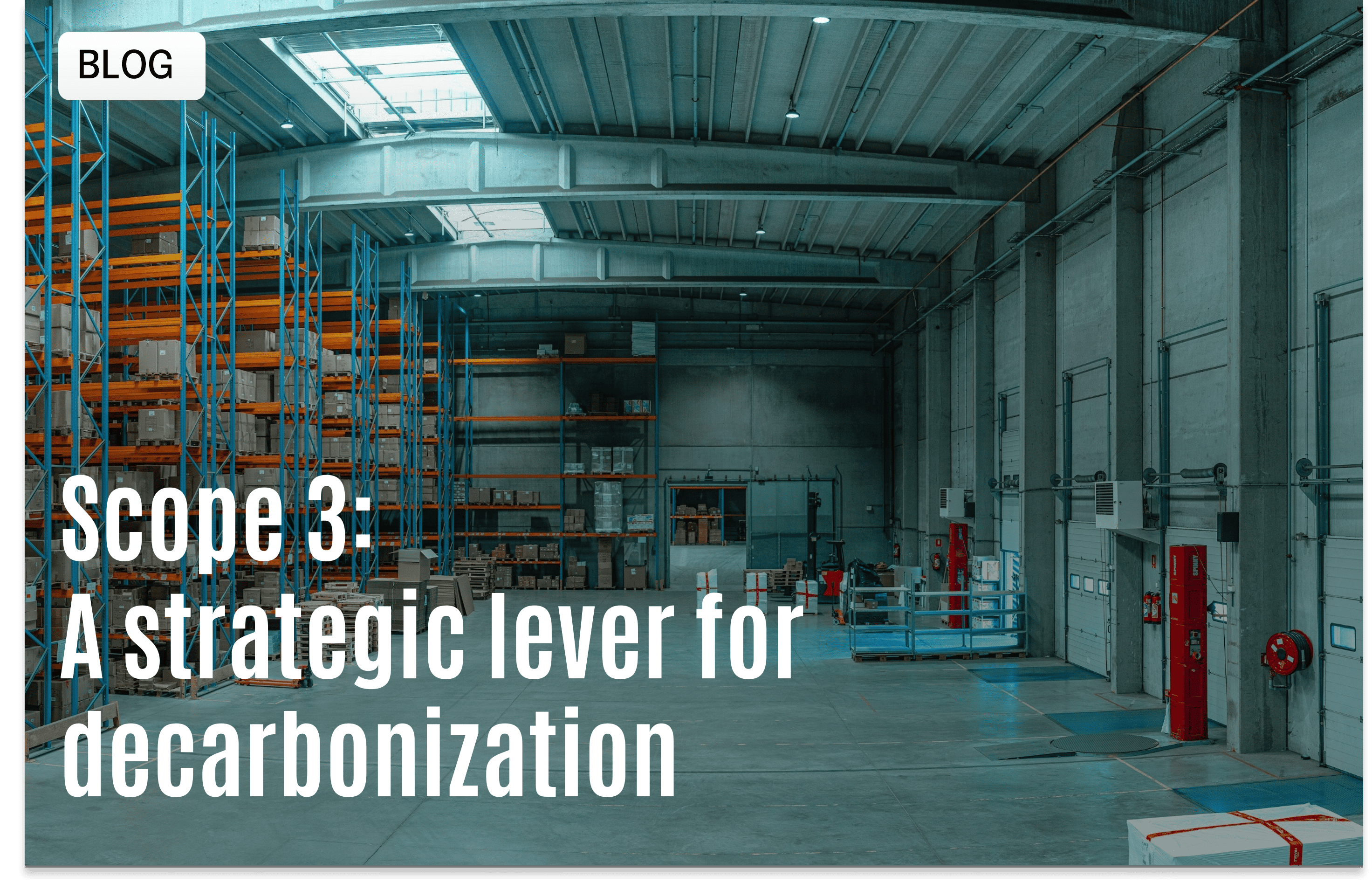
Scope 3: Turning a hidden risk into a strategic opportunity
Scope 3 emissions — those generated across the supply chain — are on average 21 times higher than a company’s direct emissions.
The good news: Taking action here can deliver big results. According to EcoVadis and BCG, companies that act now can achieve up to a sixfold return on investment while reducing exposure to more than $500 billion in potential carbon-related costs by 2030.
Measuring emissions, engaging suppliers, and building a clear transition plan can turn a major climate challenge into a powerful competitive advantage and a driver of long-term growth.
. . .
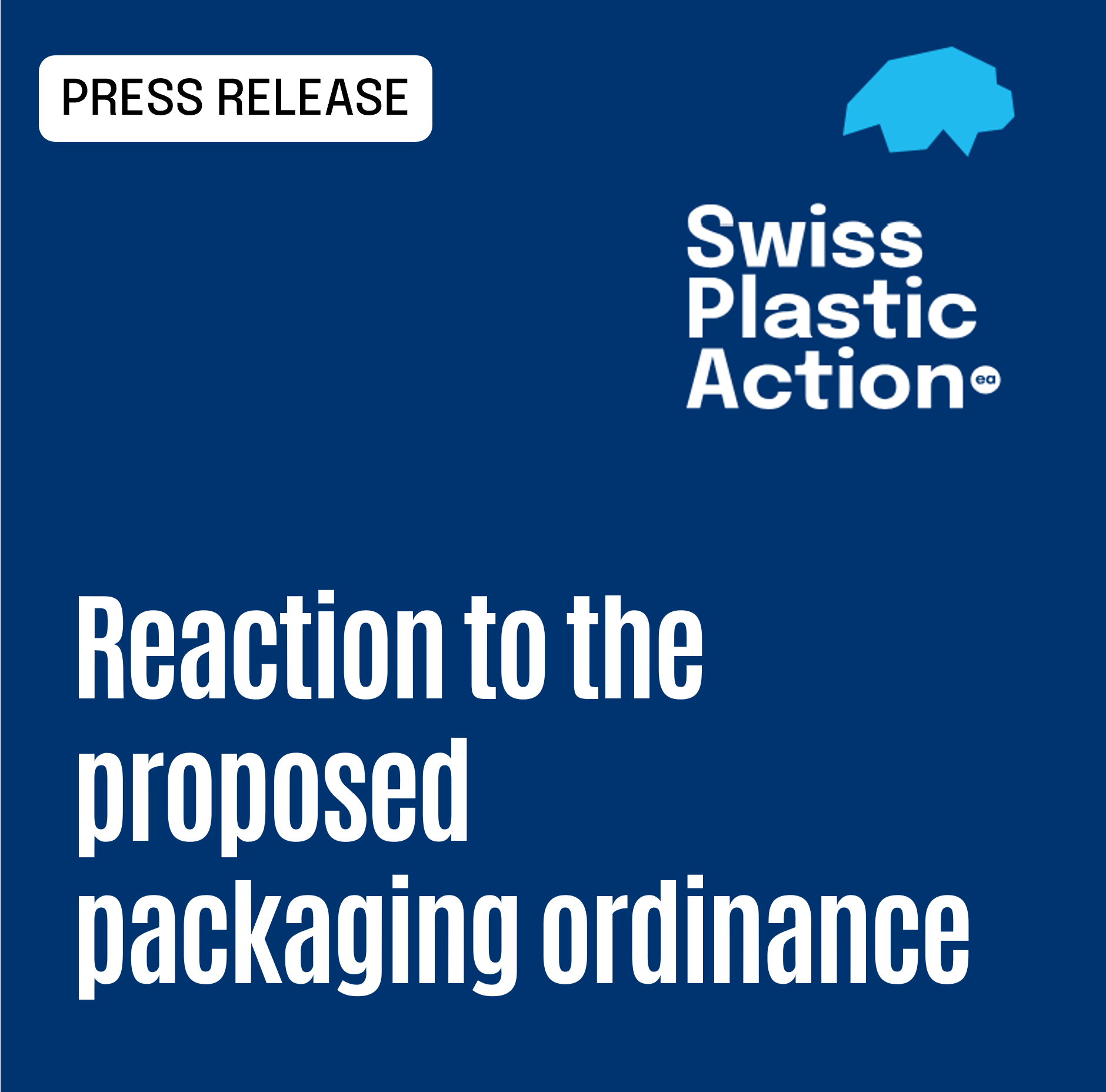
Reaction to the proposed packaging ordinance
The Swiss Plastic Action coalition, coordinated by EA for Impact, welcomes the revision of the federal packaging ordinance as a step toward a circular economy, while stressing that the draft remains insufficient to curb plastic pollution and protect public health.
“Switzerland will not solve the packaging crisis through recycling alone. Binding targets for reduction and reuse, a universal deposit system, and clear rules to eliminate toxic substances are needed.”
Visit the Swiss Plastic Action website and read the press release.
. . .
In Case You Missed It
Catch up on key reports, articles and consultations:
A Prescription for Change
How reducing single-use plastics in healthcare can cut emissions, save billions, and protect patient care – report by Systemiq and Eunomia
The report finds healthcare generates 2.1 Mt of plastic waste and 9.3 Mt CO₂e yearly in Europe and North America. Without action, waste could rise 40% and costs hit $76 billion by 2040. Five levers—refuse, reuse, substitute, recycle, and low-GHG procurement—could halve plastic use and emissions while saving $18 billion annually. Key barriers: fragmented governance and weak procurement incentives.
Return to Lake Tear Expedition Report
An expedition to repeat microplastics sampling at Lake Tear of the Clouds and to compare it with remote Moss Pond nearby
The ADK H2H expedition to Lake Tear of the Clouds, source of the Hudson River, found microplastics even in this remote alpine ecosystem—about 8 particles per m³—indicating long-range atmospheric transport. The report links microplastics to persistent pollutants and calls for monitoring airborne plastic contamination in mountain regions.
Global development beyond the safe and just space Doughnut of social and planetary boundaries monitors a world out of balance
New research in Nature revises the ‘Doughnut Economics’ framework on a global scale. The study quantifies the ways in which humanity has failed to meet basic social needs while exceeding multiple planetary boundaries. It highlights the growing inequalities and persistent tension between human development and environmental sustainability.
The SBTi is updating its standards across key sectors:
Power: the updated Power Sector Net-Zero Standard sets a 1.5 °C-aligned pathway for electricity generation, transmission, and retail — requiring a full phase-out of unabated fossil fuels by 2040, no new fossil capacity, and clear interim targets toward net-zero by 2050.
Finance: the first Net-Zero Standard for Financial Institutions sets clear rules for aligning lending, investment, and insurance with 1.5 °C.
Automotive: a consultation is open for a dedicated framework covering manufacturers and suppliers.
FLAG (Forest, Land and Agriculture): updates aim to better account for land-use change and carbon removals.
Public consultations are open on the SBTi website.
The GHG Protocol has opened two public consultations:
Scope 2: draft revisions keep dual reporting (location- & market-based) but tighten rules—hourly matching and deliverability for certificates, updated emission-factor hierarchy, “most precise accessible data”. Second consultation in 2026; final standard expected 2027.
Electricity-sector consequential methods: proposals to estimate avoided emissions from power-sector actions, to be disclosed outside inventories via the Actions & Market Instruments workstream.
Stakeholders can review materials and submit feedback on the GHG Protocol website.
. . .
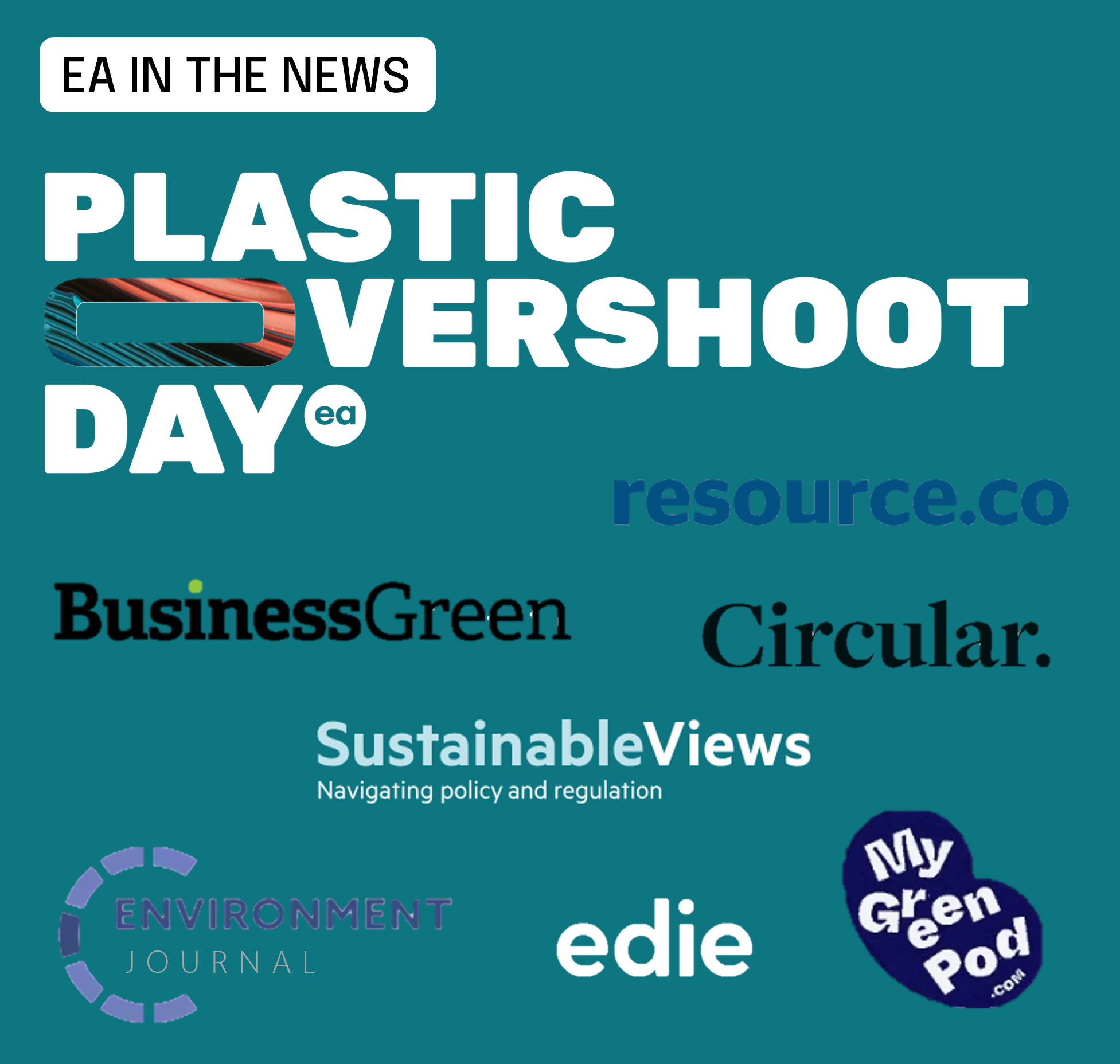
Plastic Overshoot Day featured in the media
September 5 marked this year’s Plastic Overshoot Day — the date when the world’s plastic waste exceeds its waste management capacity. On this occasion, the initiative received widespread media attention, with coverage in Sustainable Views, Edie, Environmental Journal, Business Green, My Green Pod, Circular Online, Resource.co.

Charlotte Stalder featured on A Bon Entendeur
The A Bon Entendeur programme, aired on October 15 on RTS, focused on toxic substances in kitchenware. Charlotte Stalder, sustainability expert at Earth Action, shared her insights on the environmental and health impacts linked to product materials and design, highlighting the importance of a life-cycle-based approach to prevent risks at the source.
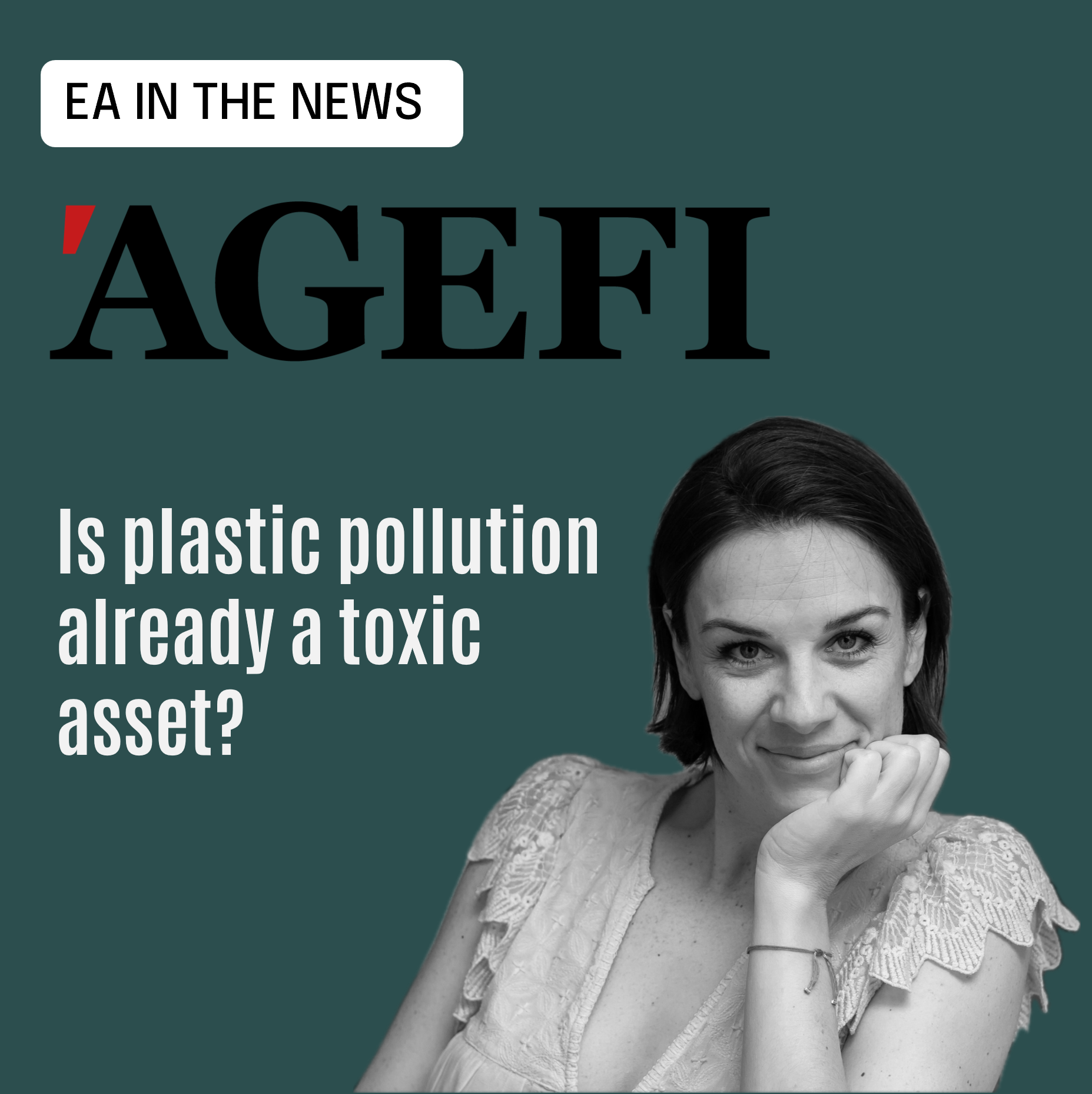
Sarah Perreard featured in L’Agefi Finance
In the September issue of L’Agefi Finance, Sarah Perreard, Co-Director of Earth Action, was featured in the magazine’s special dossier on sustainable finance. Her article, “La pollution plastique représente-t-elle déjà un actif toxique?”, explores how plastic pollution is becoming a material financial risk and how investors can act to anticipate its impacts.
On our radar
Beyond our own work, we track key policy moves, insights, and analysis shaping the sustainability agenda. This section spotlights external developments and perspectives we think are worth your attention.
This month: setbacks, alliances — and reasons for optimism.
The setbacks
The European Commission confirmed plans to delay ESRS requirements for non-EU companies until 2026, giving multinationals more time before disclosing under the CSRD. Meanwhile, the UNFCCC released its latest synthesis report showing that current national climate plans would cut emissions by only 17% from 2019 levels — a trajectory far off the 1.5 °C pathway.
The collabs
Standard-setters are moving toward greater alignment. ISO and the GHG Protocol announced a strategic partnership to harmonize global GHG-reporting standards, including Scope 2/3 and new ISO 1406X frameworks. The GRI unveiled plans for new Pollution Standards expanding sustainability disclosure beyond emissions to cover soil, water, noise, light, and incident impacts.
Pressure mounting
Momentum is holding on sustainability. The European Parliament voted down a proposal to dilute the EU’s sustainability-reporting and due-diligence framework — keeping the bloc’s transparency bar high. In France, a court ruled that TotalEnergies misled consumers by marketing itself as “a major actor in the energy transition,” marking Europe’s first successful greenwashing case against an oil major. In India, the FSSAI proposed banning PFAS and BPA in food packaging. The Ember report shows renewables met nearly all global demand growth in H1 2025. And Dutch pension fund PFZW withdrew €29 billion in mandates from BlackRock and LGIM, reinforcing investors’ shift toward stronger sustainability mandates.

Welcome Jean-Baptiste Bayart to Earth Action
We’re delighted to welcome Jean-Baptiste Bayart, a seasoned sustainability expert and product leader with over two decade of experience in environmental footprinting and life cycle assessment (LCA). Starting November 1, Jean-Baptiste joins Earth Action as a senior LCA consultant and business development advisor, contributing to our work at the intersection of science, strategy, and digital innovation. Having played a key role in developing Quantis tools such as eQopack and eQosphere, he brings deep technical expertise in LCA and footprint methodologies, combined with a pragmatic product vision.
©EA – Earth Action SA
Lausanne, Ch. des Vignes d’Argent 7, 1004 Lausanne, Switzerland
You are getting this note because you subscribed to hear from Earth Action.
Don’t want to hear from us anymore ? Unsubscribe




